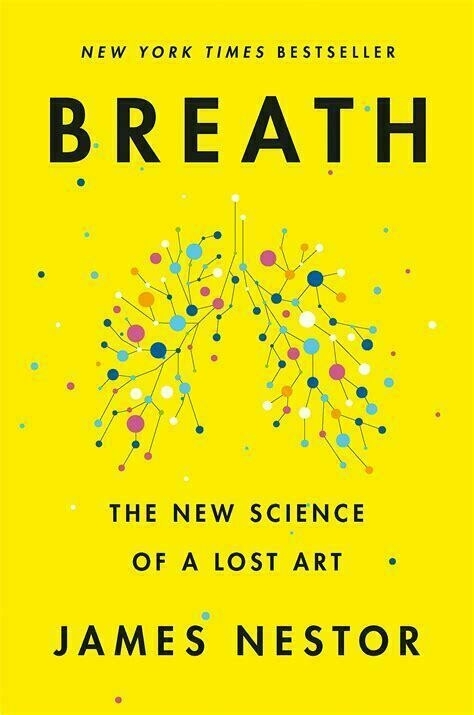Stories make the world (and money) go around
The storyteller sets the vision, values and agenda of an entire generation that is to come.
- Steve Jobs
Stories are a vehicle that humans have used for ages to transfer “information” from generation to generation. Our minds have adapted to this powerful formula for understanding and remembering.
I am curious about how it works and how people/businesses can use it to be more effective communicators. I have read some books now related to the subject, which I shall mention at the end of this post, and I just wished to share some of the findings.
Elements that make up a good story
- The story needs to be identifiable or relatable. Something that the audience can understand or connect with.
- All great stories tell the story of a five-second moment in a person’s life. This is also the purpose and pinnacle of the story and therefore the end point.
- Understand the essence of the message you wish to get across. The opposite is then the beginning.
- The change from the beginning to the end creates the arc of the story, and the human mind is drawn to such a transformation story.
- Every moment of the story should be a scene which is placed in a physical location, which is were the action, dialogue and internal monologues take place.
- A story needs to have stakes, which gives the audience a reason to want to know the next part.
- Stories need to move dynamically between scenes. Surprise and humour can add dynamism and emotional connection with the story and help keep the audience on the edge of their seat.
- Lastly, be efficient with language. Anything that does not support or bring clarity to the message, should be left out. Also, use natural, spoken language.
These are the parts of the story - the copy, if you will - but nowadays a story is often accompanied by images (or made up of it completely). Related to this, there is an interesting point that is made in the book Understanding Comics: more abstract images of individuals (as opposed to realistic) can feel more relatable, as it could be anyone (including you) rather than someone specific (not you). Additionally, more abstract imagery can also help place the focus on the message.
Possible implications for brands
- Do not make the mistake of making your brand or company the main character in the story: it should be your customer. Centre your message on how you can help them.
- Identify who the potential customer is and what problem (external and internal) you can help them with. Be sure to focus! Connecting with internal problems results in a greater motivator.
- Your brand is positioned as the “Guide” in the story and it helps the customer achieve their transformation. A brand must communicate Empathy and Authority in order to position itself as a Guide.
- Customers trust a guide who has a plan(s). These plans either clarify how somebody can do business with you, (a process plan), or they remove the sense of risk somebody might have (an agreement plan).
- Your story should “push” your customer to take action otherwise they won’t: direct call-to-action (conversion) or a transitional call-to-action (nurturing).
- Loss aversion is a greater motivator of buying decisions than potential gains. Therefore, make it clear both what life looks like when they buy your product/service as well as what happens if they don’t.
Last, but certainly not least, brands that connect with customers on a deeper level (irresistible brands?), tend to have higher market share, according to Kantar. And what brand doesn’t want that.
This story narrative works for attracting customers, but it can also help transform the company culture by avoiding the Narrative Void (a vacant space that occurs inside the organization when there’s no story to keep everyone aligned).
Wrap up
Without a doubt, these books make a great argument for the power of good story telling and give very concrete suggestions of how to use it. My points above are summarised to the extreme, but I hope you find something useful in it.
And if you want to chat about it, feel free to hit my up on Twitter or Mastodon.
The books are:
- Storyworthy: Engage, Teach, Persuade, and Change Your Life through the Power of Storytelling (link to GoodReads) by Matthew Dicks
- Building a Story Brand: Clarify your message so customers will listen (link to GoodReads) by Donald Miller
- Understanding Comics: The invisible art (Link to GoodReads) by Scott McCloud
